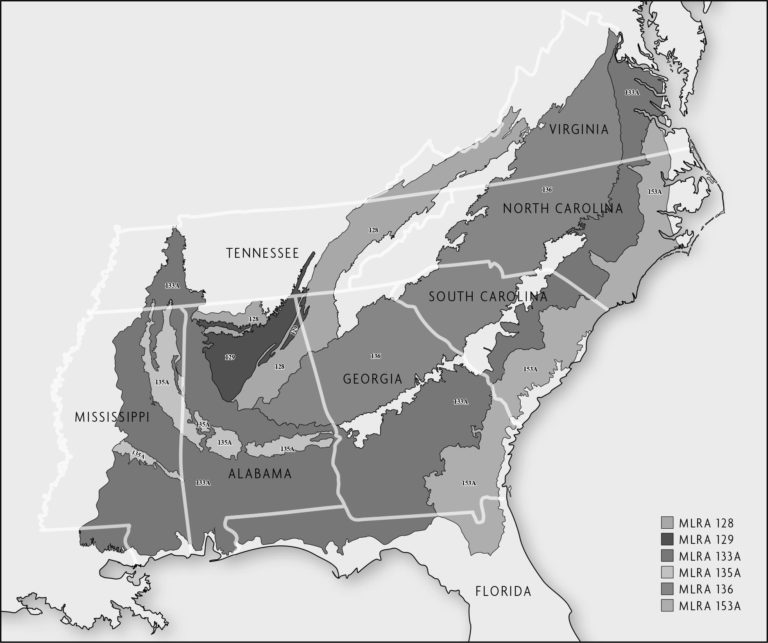Jason S. Bergtold, Kansas State University
Julia Gaskin, University of Georgia
Kirk Iversen, Auburn University
Gary Hawkins, University of Georgia
Randy L. Raper, Oklahoma State University
The purpose of this book is to provide a comprehensive examination of conservation tillage systems used in select southeastern states. The book is targeted toward agricultural producers, producer advisors, researchers and students. The desired outcome is agronomic, economic and environmental sustainability on farms transferring to or seeking to improve their conservation tillage operations.
The book provides detailed information on a wide range of conservation tillage topics, including:
- soil management to improve soil health (Chapter 3)
- cover crop management (Chapter 5)
- soil compaction management (Chapter 6)
- cash crop management (chapters 7–10)
- pest management (chapters 11–13)
- water management (Chapter 14)
- economics (chapters 15 and 16)
Chapters 17 through 20 describe conservation tillage experiences from six major land resource areas (MLRA) in the southeastern United States. MLRAs are geographic areas, usually several thousand square miles, characterized by a particular pattern of soils, climate, water resources, land uses and types of farming. Figure 1.1 shows the six MLRAs discussed in these chapters overlying a map of select Southeast states. A wide range of farming conditions and conservation tillage practices occur over this area as described in the case study chapters.
The information in this book is presented using a systems approach to help the reader recognize the connections between different components of conservation tillage systems. This will help when integrating new conservation practices and technologies into farming operations.
The purpose of this chapter is to define conservation tillage, the beginning point for examining conservation tillage systems. The concept of a conservation tillage system will then be presented. The chapter ends by providing broad management guidelines that have been found to be significant in adopting conservation tillage systems. These guidelines serve as the foundation for recommendations in this book.

